Home>Kitchen & Cooking>Kitchen Gadgets & Utensils>How Many Trash Bags Fit In A 2-Yard Dumpster
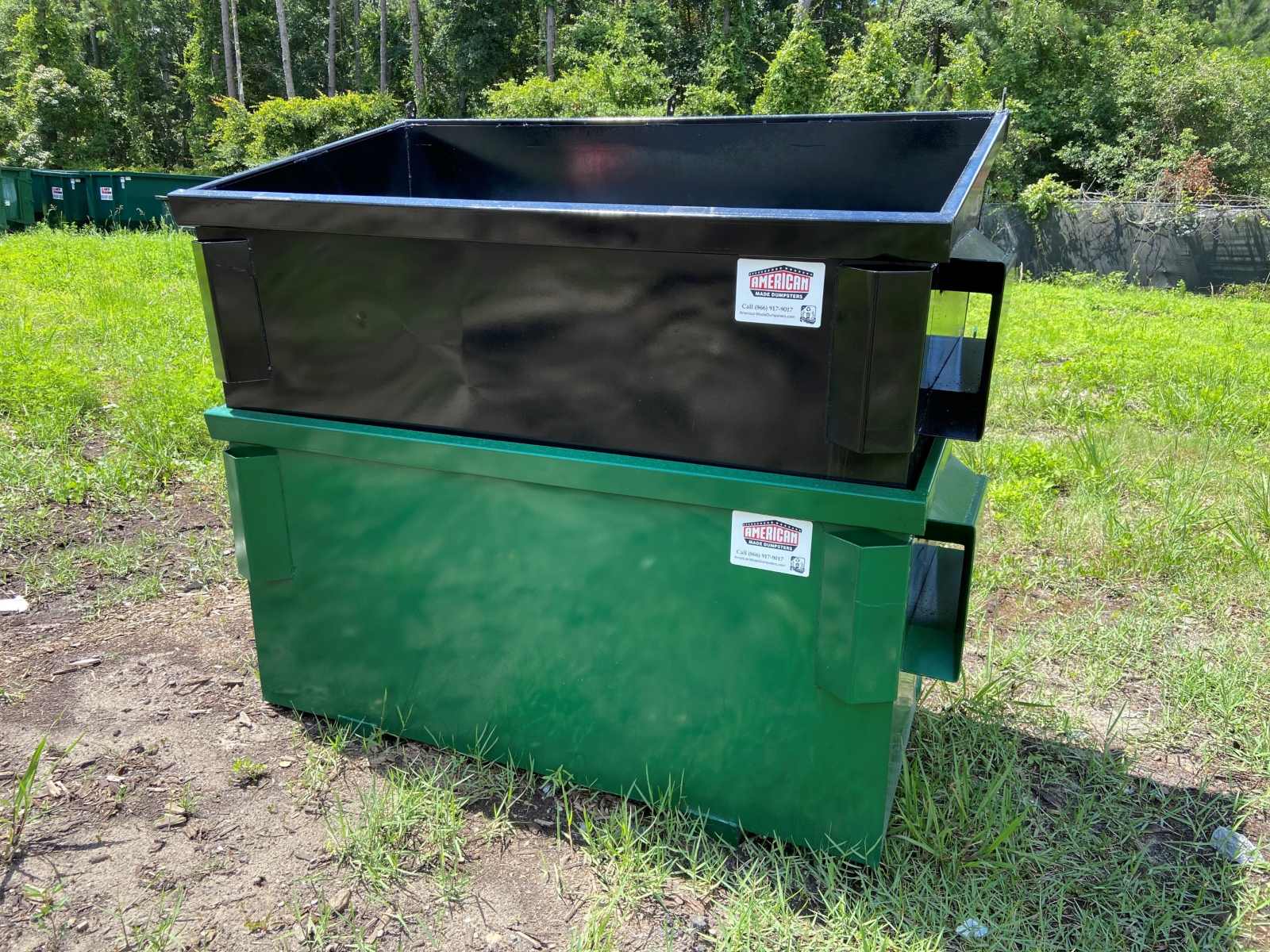

Kitchen Gadgets & Utensils
How Many Trash Bags Fit In A 2-Yard Dumpster
Published: February 14, 2024
Discover the perfect solution for managing kitchen waste with our guide on how many trash bags fit in a 2-yard dumpster. Explore the best kitchen gadgets and utensils for efficient waste disposal.
(Many of the links in this article redirect to a specific reviewed product. Your purchase of these products through affiliate links helps to generate commission for Storables.com, at no extra cost. Learn more)
Introduction
When it comes to managing waste, having a clear understanding of the capacity of different waste disposal containers is crucial. One common question that arises is, "How many trash bags fit in a 2-yard dumpster?" This question is particularly relevant for businesses, construction sites, and residential properties that generate a significant amount of waste on a regular basis.
Understanding the capacity of a 2-yard dumpster is essential for efficient waste management. By knowing how many trash bags can fit into this type of dumpster, individuals and businesses can plan their waste disposal strategies effectively. Whether it's for a one-time cleanout or ongoing waste management needs, having a grasp of the dumpster's capacity can streamline the waste disposal process and prevent unnecessary hassles.
In this article, we will delve into the specifics of a 2-yard dumpster's capacity, exploring the factors that influence the number of trash bags it can accommodate. By the end of this comprehensive guide, you will have a clear understanding of how to optimize the use of a 2-yard dumpster, ensuring that you can make the most of its capacity while effectively managing your waste disposal needs.
Key Takeaways:
- Efficient waste management requires understanding how many trash bags fit in a 2-yard dumpster. Factors like bag size, packing efficiency, and waste density impact capacity utilization.
- To optimize a 2-yard dumpster’s capacity, compact and arrange trash bags strategically. Proper waste segregation and adherence to regulations are key for efficient waste disposal.
Standard Trash Bag Sizes
Standard trash bags come in a variety of sizes to accommodate different waste disposal needs. The most common sizes available in the market include:
-
Small Trash Bags: These are typically around 4 gallons in capacity and are suitable for small bins in bathrooms, home offices, and bedrooms. They are designed to hold light waste such as tissues, paper towels, and other small items.
-
Medium Trash Bags: Ranging from 8 to 10 gallons, medium-sized trash bags are versatile and can be used in various settings, including kitchens, offices, and public spaces. They are ideal for disposing of everyday household waste, such as food scraps, packaging materials, and general debris.
-
Large Trash Bags: With a capacity of 13 to 15 gallons, large trash bags are commonly used in kitchens, outdoor areas, and commercial settings. They can accommodate a higher volume of waste, including larger food scraps, packaging, and general household trash.
-
Extra-Large Trash Bags: These heavy-duty bags are designed for demanding waste disposal needs. Ranging from 20 to 30 gallons, they are suitable for outdoor cleanup, construction sites, and industrial settings where large volumes of waste are generated.
-
Contractor Bags: These heavy-duty, extra-large bags are specifically designed for construction and renovation projects. With capacities ranging from 42 to 55 gallons, contractor bags can handle bulky and sharp debris, making them essential for construction waste disposal.
Understanding the different standard trash bag sizes is essential for selecting the most suitable option based on the volume and type of waste generated. When determining how many trash bags can fit in a 2-yard dumpster, it's important to consider the sizes that align with the dumpster's capacity to ensure efficient waste disposal.
By being mindful of the standard trash bag sizes and their respective capacities, individuals and businesses can make informed decisions when it comes to waste management, ultimately contributing to a more organized and sustainable approach to waste disposal.
Calculating the Capacity of a 2-Yard Dumpster
Calculating the capacity of a 2-yard dumpster involves understanding its dimensions and translating them into a practical measurement of waste volume. A 2-yard dumpster, as the name suggests, has a capacity of 2 cubic yards. To put this into perspective, one cubic yard is equivalent to 27 cubic feet. Therefore, a 2-yard dumpster can hold approximately 54 cubic feet of waste.
When determining how many trash bags can fit in a 2-yard dumpster, it's essential to consider the dimensions of standard trash bags and how they align with the dumpster's capacity. For example, a standard 13-gallon trash bag measures approximately 2 feet in height and 1.5 feet in width when fully expanded. By visualizing the dimensions of the trash bags in relation to the dumpster's capacity, it becomes evident that multiple trash bags can be accommodated within the 2-yard dumpster.
To calculate the exact number of trash bags that can fit in a 2-yard dumpster, it's helpful to consider the packing efficiency and the type of waste being disposed of. Generally, tightly packed trash bags can maximize the use of space within the dumpster. However, it's important to maintain a balance to prevent overfilling, which can lead to difficulties in handling and transporting the waste.
Additionally, the shape of the dumpster and the distribution of the trash bags within it can impact its overall capacity. Ensuring an even distribution of trash bags and optimizing the use of available space can enhance the dumpster's efficiency and capacity utilization.
By understanding the dimensions of a 2-yard dumpster and the typical sizes of standard trash bags, individuals and businesses can make informed decisions regarding waste disposal. This knowledge empowers them to optimize the use of the dumpster's capacity, leading to efficient waste management and a streamlined approach to waste disposal.
In summary, calculating the capacity of a 2-yard dumpster involves translating its cubic yard measurement into practical dimensions and visualizing how many standard trash bags can fit within it. This understanding enables individuals and businesses to make the most of the dumpster's capacity while effectively managing their waste disposal needs.
Factors Affecting the Number of Trash Bags
Several factors influence the number of trash bags that can effectively fit into a 2-yard dumpster. Understanding these factors is crucial for optimizing the use of the dumpster's capacity and streamlining the waste disposal process.
1. Trash Bag Size and Type
The size and type of trash bags being used significantly impact the number that can fit into a 2-yard dumpster. While smaller bags may allow for more bags to be accommodated, larger bags can hold a greater volume of waste, potentially reducing the overall quantity of bags needed.
Read more: What Size Trash Can Fits Grocery Bags
2. Packing Efficiency
The efficiency with which the trash bags are packed plays a vital role in determining the number that can fit into the dumpster. Tightly packed bags can maximize the use of available space, allowing for more bags to be accommodated. However, it's essential to strike a balance to prevent overfilling, which can lead to handling and transportation challenges.
3. Waste Density
The density of the waste being disposed of affects the number of trash bags that can fit into the dumpster. Light and compressible waste may allow for more bags to be accommodated, while denser or bulky waste may occupy more space, potentially reducing the overall number of bags that can be placed in the dumpster.
4. Dumpster Shape and Design
The shape and design of the 2-yard dumpster can influence the arrangement and distribution of the trash bags. An efficiently designed dumpster with a practical layout can maximize its capacity, allowing for more bags to be accommodated without compromising safety or ease of handling.
5. Waste Distribution
Evenly distributing the trash bags within the dumpster can optimize its capacity. Strategic placement of the bags, taking into account their sizes and shapes, can ensure that the available space is utilized effectively, allowing for a greater number of bags to be accommodated.
6. Regulatory Guidelines
In some cases, regulatory guidelines or waste disposal regulations may dictate the maximum capacity or weight limit for dumpsters. Adhering to these guidelines is essential for compliance and safety, and it may impact the number of trash bags that can be placed in the dumpster.
By considering these factors, individuals and businesses can make informed decisions regarding the disposal of waste in a 2-yard dumpster. Understanding how these factors influence the number of trash bags that can fit into the dumpster enables efficient waste management and ensures that the dumpster's capacity is utilized optimally.
In summary, the size and type of trash bags, packing efficiency, waste density, dumpster design, waste distribution, and regulatory guidelines all play a significant role in determining the number of trash bags that can effectively fit into a 2-yard dumpster. By taking these factors into account, individuals and businesses can enhance their waste disposal strategies and make the most of the dumpster's capacity.
Tips for Efficiently Filling a 2-Yard Dumpster
Efficiently filling a 2-yard dumpster requires a strategic approach to waste disposal, maximizing its capacity while ensuring safe and practical handling of the waste. By implementing the following tips, individuals and businesses can optimize the use of the dumpster and streamline their waste management processes.
-
Proper Segregation of Waste: Before disposing of waste in the dumpster, it's essential to segregate different types of waste. Separating recyclable materials, organic waste, and general trash not only promotes sustainability but also allows for efficient use of the dumpster's capacity. By organizing the waste according to its type, individuals can prevent unnecessary mixing and ensure that the available space is utilized effectively.
-
Compact and Compress: When placing trash bags in the dumpster, compacting and compressing the waste can maximize the use of available space. By removing excess air from the bags and ensuring they are tightly packed, individuals can fit a greater number of bags into the dumpster without overfilling it. However, it's important to maintain a balance to prevent damage to the bags or the dumpster itself.
-
Strategic Arrangement: Carefully arranging the trash bags within the dumpster can optimize its capacity. Placing larger and denser bags at the bottom and strategically positioning smaller bags on top can ensure efficient use of space. Additionally, organizing the bags in a way that minimizes gaps and empty spaces can further enhance the dumpster's capacity utilization.
-
Utilize Vertical Space: While it's important to distribute the weight evenly, utilizing the vertical space within the dumpster can increase its capacity. By stacking bags vertically, individuals can make the most of the available height without compromising the stability of the waste load. However, it's crucial to ensure that the stacking is done safely and does not pose a risk of instability.
-
Regular Monitoring and Adjustment: As waste is gradually disposed of in the dumpster, regular monitoring and adjustment of the contents can optimize its capacity. Periodically assessing the space utilization and making necessary adjustments, such as repositioning bags or compacting the waste further, can ensure that the dumpster's capacity is maximized throughout the disposal process.
-
Adherence to Regulations: It's important to adhere to any regulatory guidelines or weight limits associated with the 2-yard dumpster. By staying within the specified capacity and following any relevant regulations, individuals and businesses can ensure compliance while effectively utilizing the dumpster's capacity.
By implementing these tips, individuals and businesses can efficiently fill a 2-yard dumpster, making the most of its capacity while maintaining a practical and organized approach to waste disposal. This strategic utilization of the dumpster's space contributes to effective waste management and supports sustainable waste disposal practices.
Conclusion
In conclusion, understanding the capacity of a 2-yard dumpster and how many trash bags can fit into it is essential for efficient waste management. By delving into the specifics of a 2-yard dumpster's capacity and exploring the factors that influence the number of trash bags it can accommodate, individuals and businesses can make informed decisions regarding waste disposal strategies.
The calculation of a 2-yard dumpster's capacity, translating its cubic yard measurement into practical dimensions, and visualizing how many standard trash bags can fit within it provides valuable insights. This understanding empowers individuals and businesses to optimize the use of the dumpster's capacity, leading to efficient waste management and a streamlined approach to waste disposal.
Factors such as trash bag size and type, packing efficiency, waste density, dumpster shape and design, waste distribution, and regulatory guidelines all play a significant role in determining the number of trash bags that can effectively fit into a 2-yard dumpster. By considering these factors, individuals and businesses can enhance their waste disposal strategies and make the most of the dumpster's capacity.
Efficiently filling a 2-yard dumpster requires a strategic approach to waste disposal, maximizing its capacity while ensuring safe and practical handling of the waste. Proper segregation of waste, compacting and compressing the waste, strategic arrangement of trash bags, utilization of vertical space, regular monitoring and adjustment, and adherence to regulations are key tips for optimizing the use of the dumpster and streamlining waste management processes.
By implementing these strategies and tips, individuals and businesses can efficiently fill a 2-yard dumpster, making the most of its capacity while maintaining a practical and organized approach to waste disposal. This strategic utilization of the dumpster's space contributes to effective waste management and supports sustainable waste disposal practices.
In essence, the knowledge and strategies outlined in this comprehensive guide enable individuals and businesses to approach waste disposal with confidence, ensuring that they can effectively manage their waste while making the most of the capacity of a 2-yard dumpster. By leveraging this understanding, they can contribute to a more organized, sustainable, and efficient approach to waste management, ultimately benefiting their operations and the environment.
Frequently Asked Questions about How Many Trash Bags Fit In A 2-Yard Dumpster
Was this page helpful?
At Storables.com, we guarantee accurate and reliable information. Our content, validated by Expert Board Contributors, is crafted following stringent Editorial Policies. We're committed to providing you with well-researched, expert-backed insights for all your informational needs.
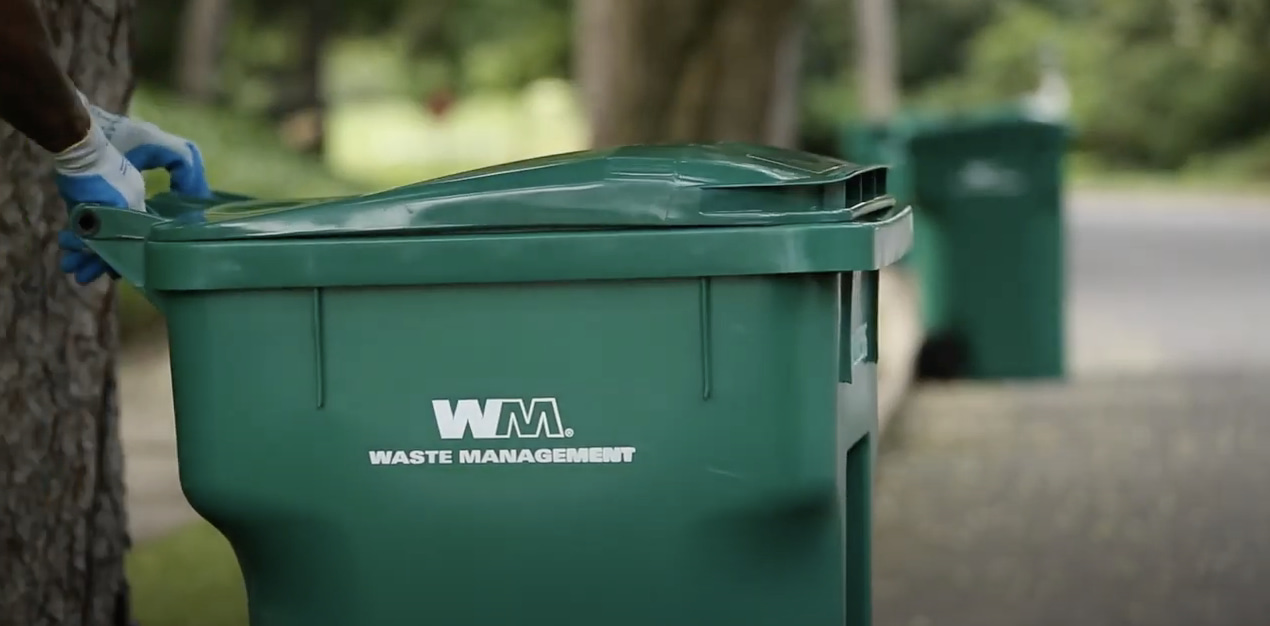
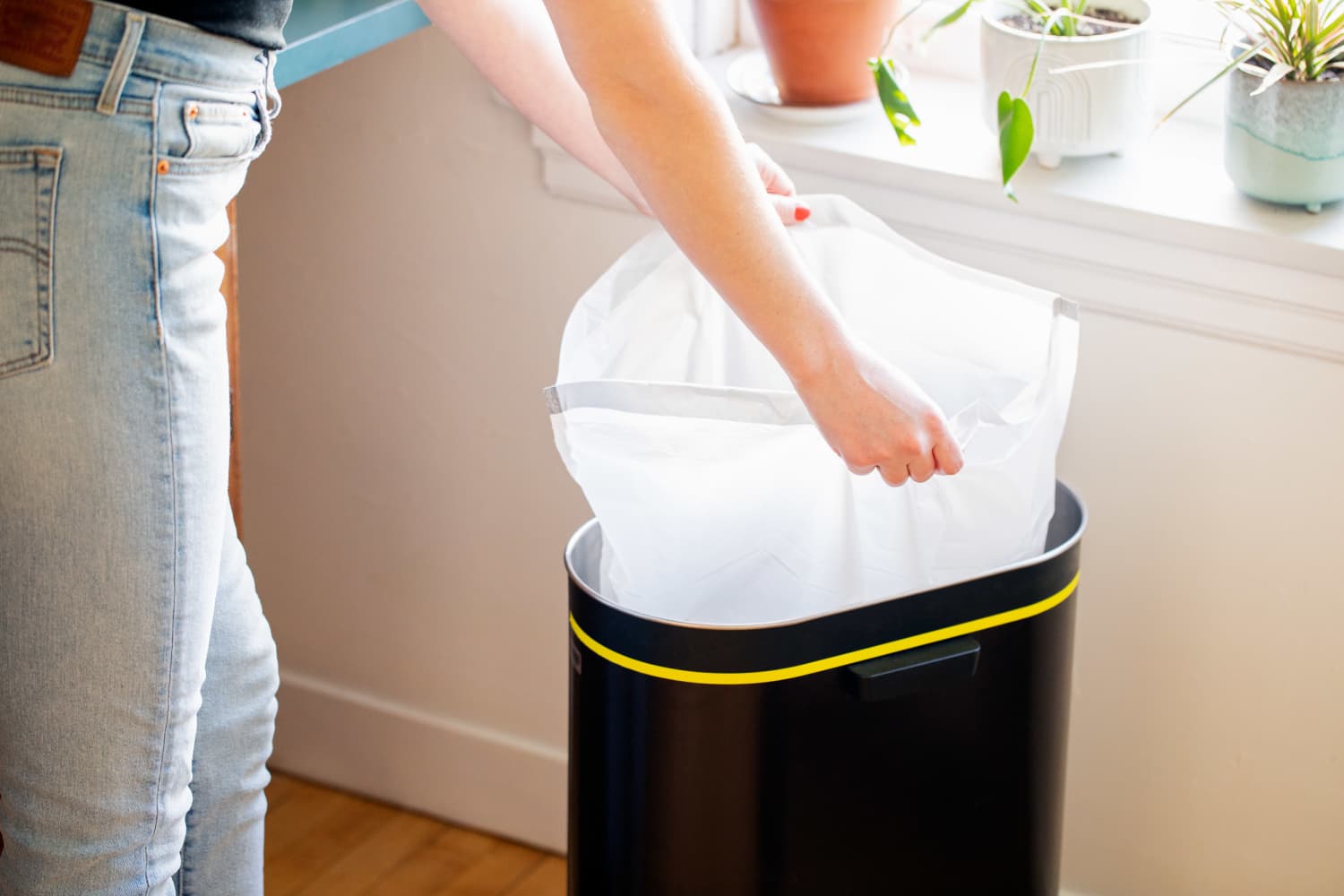

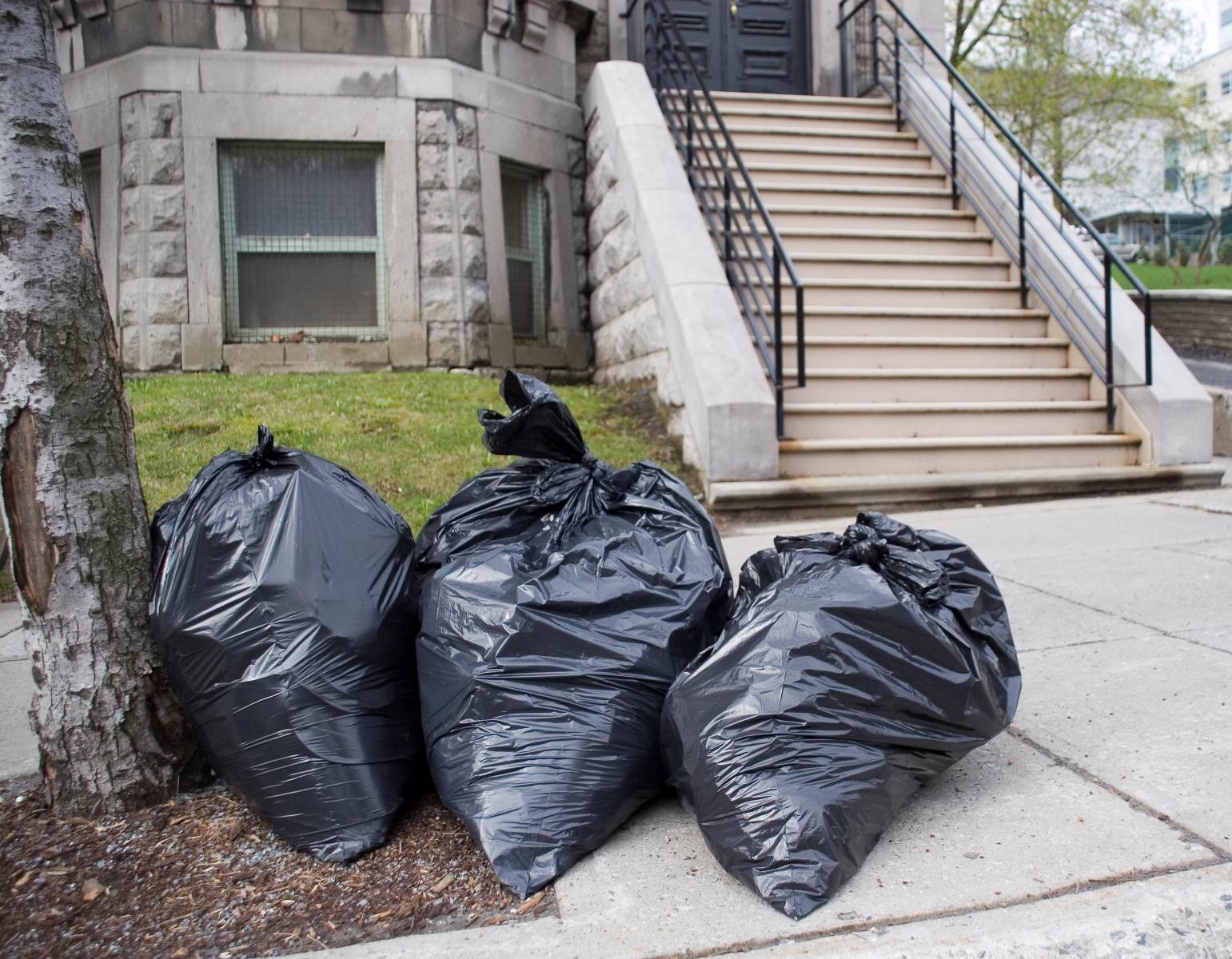
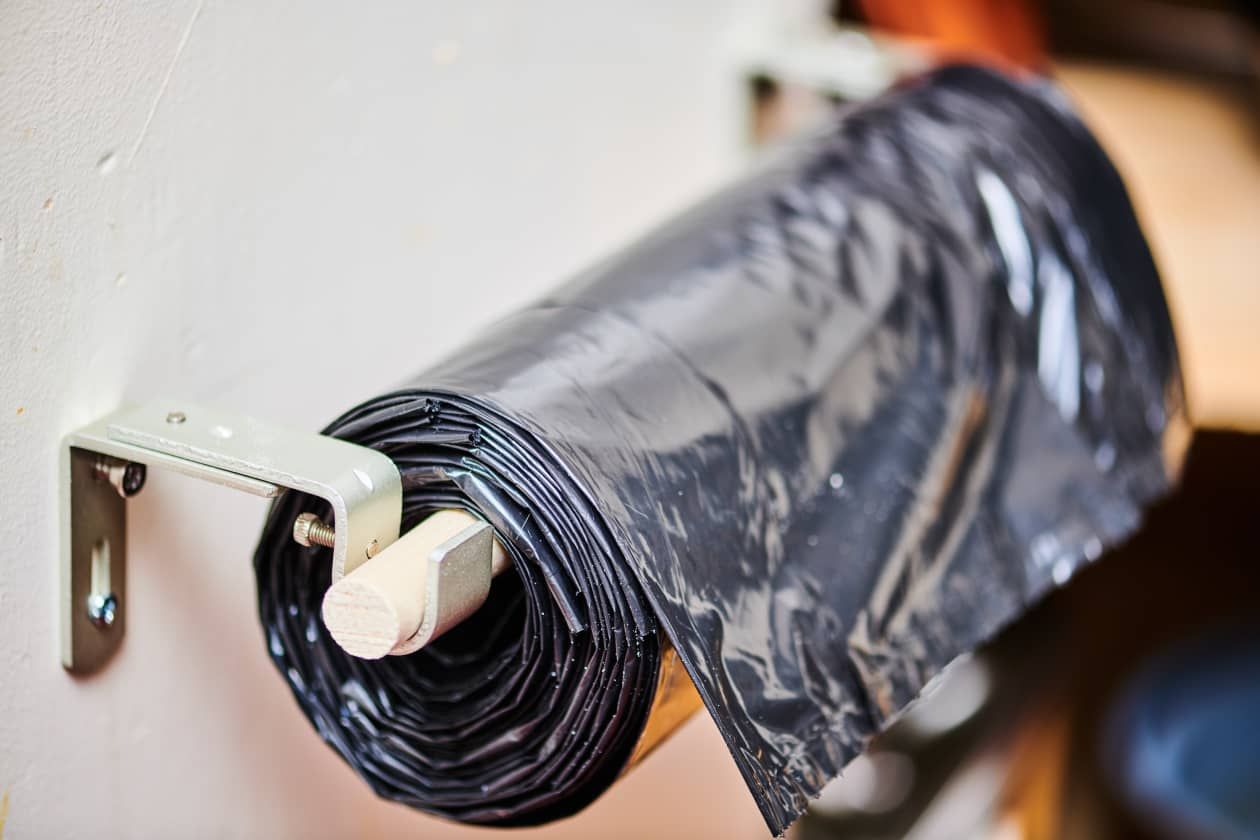
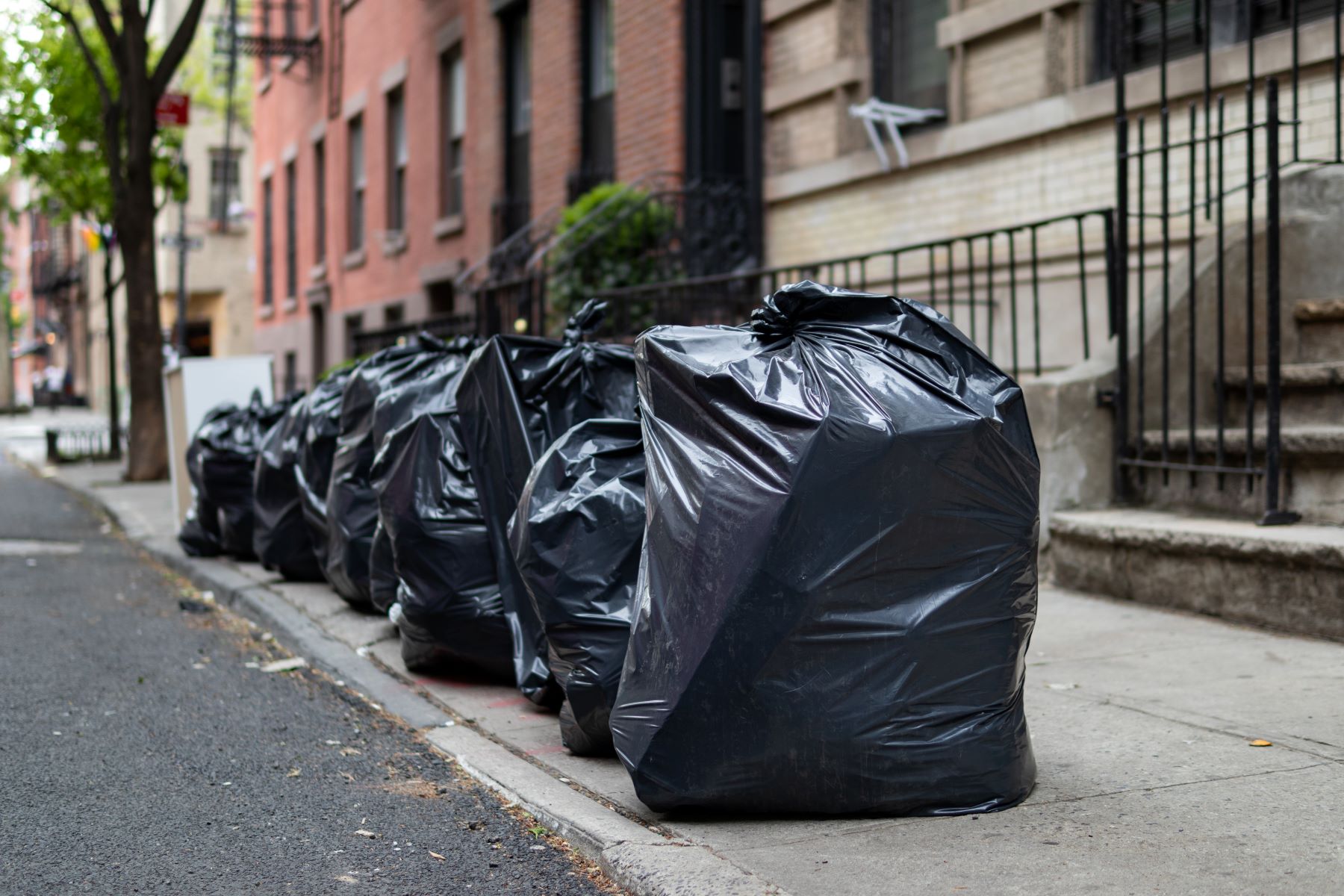

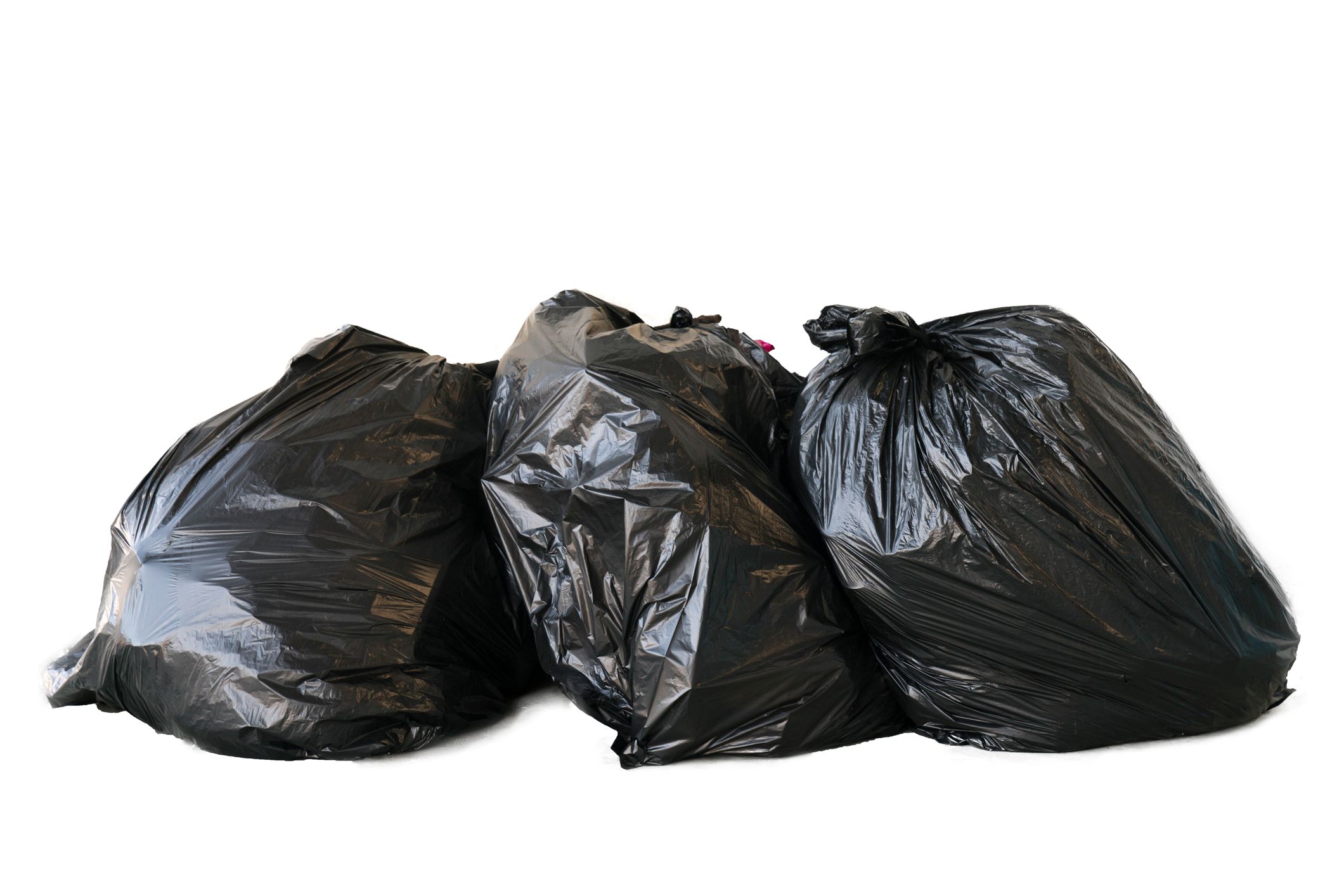
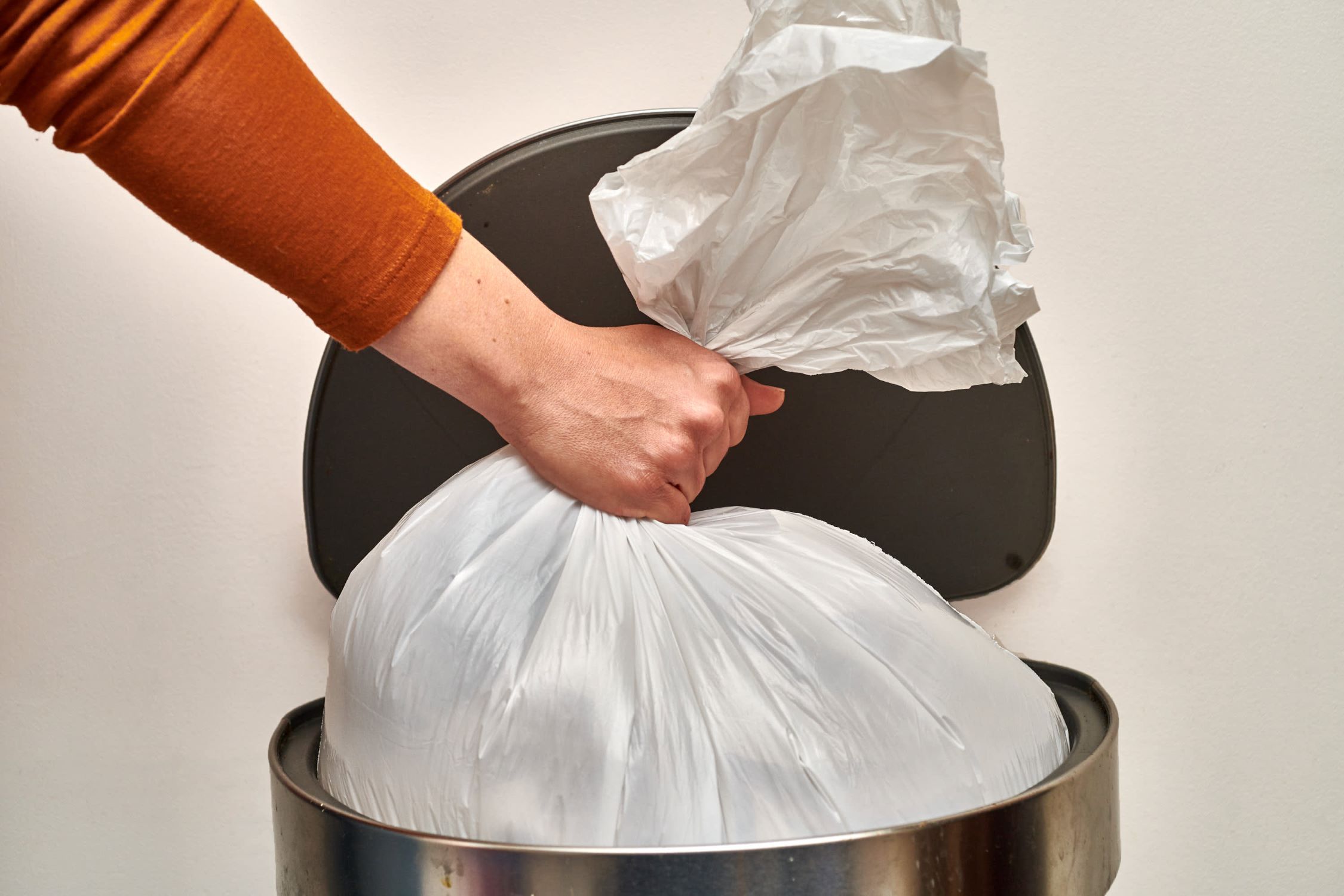
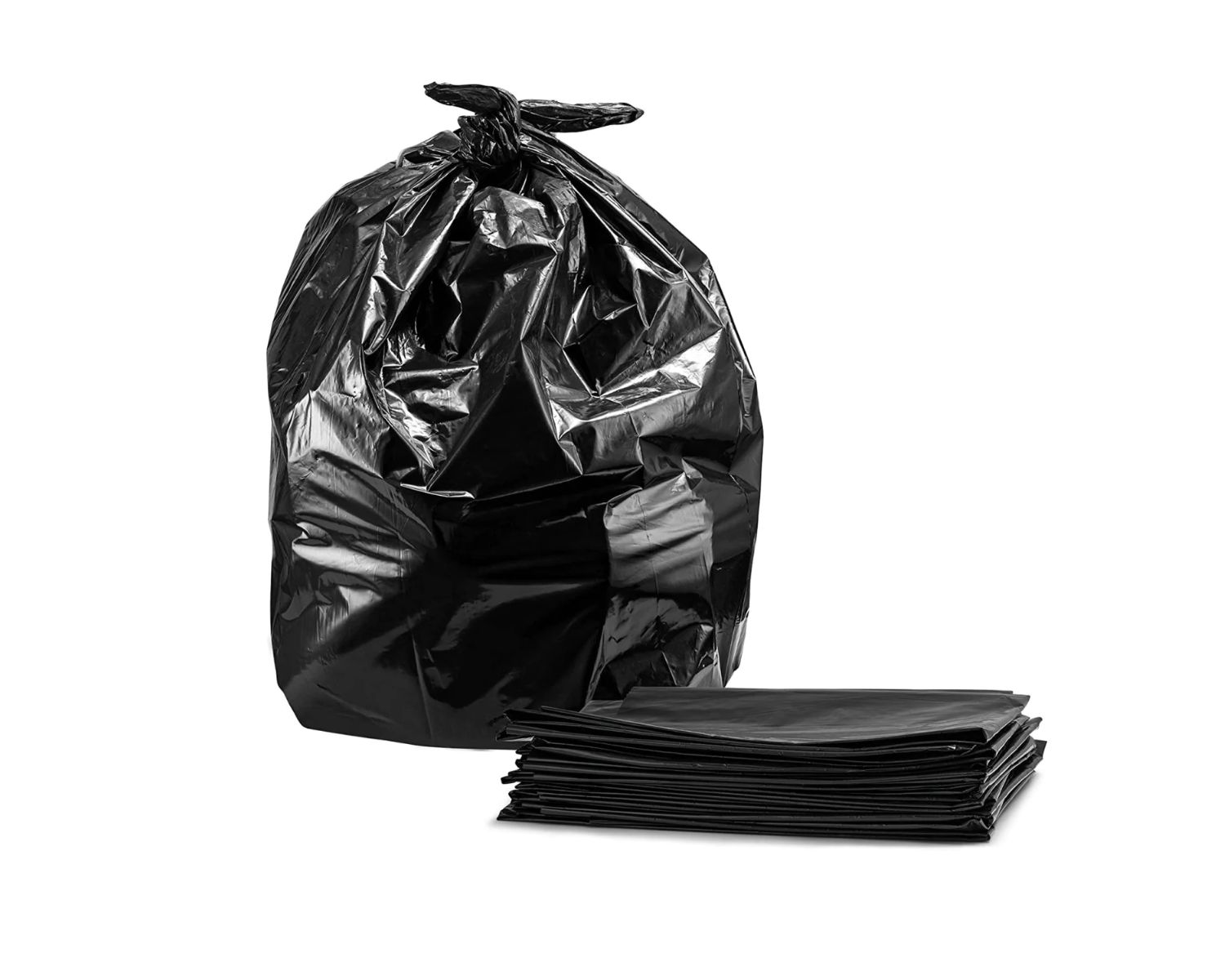
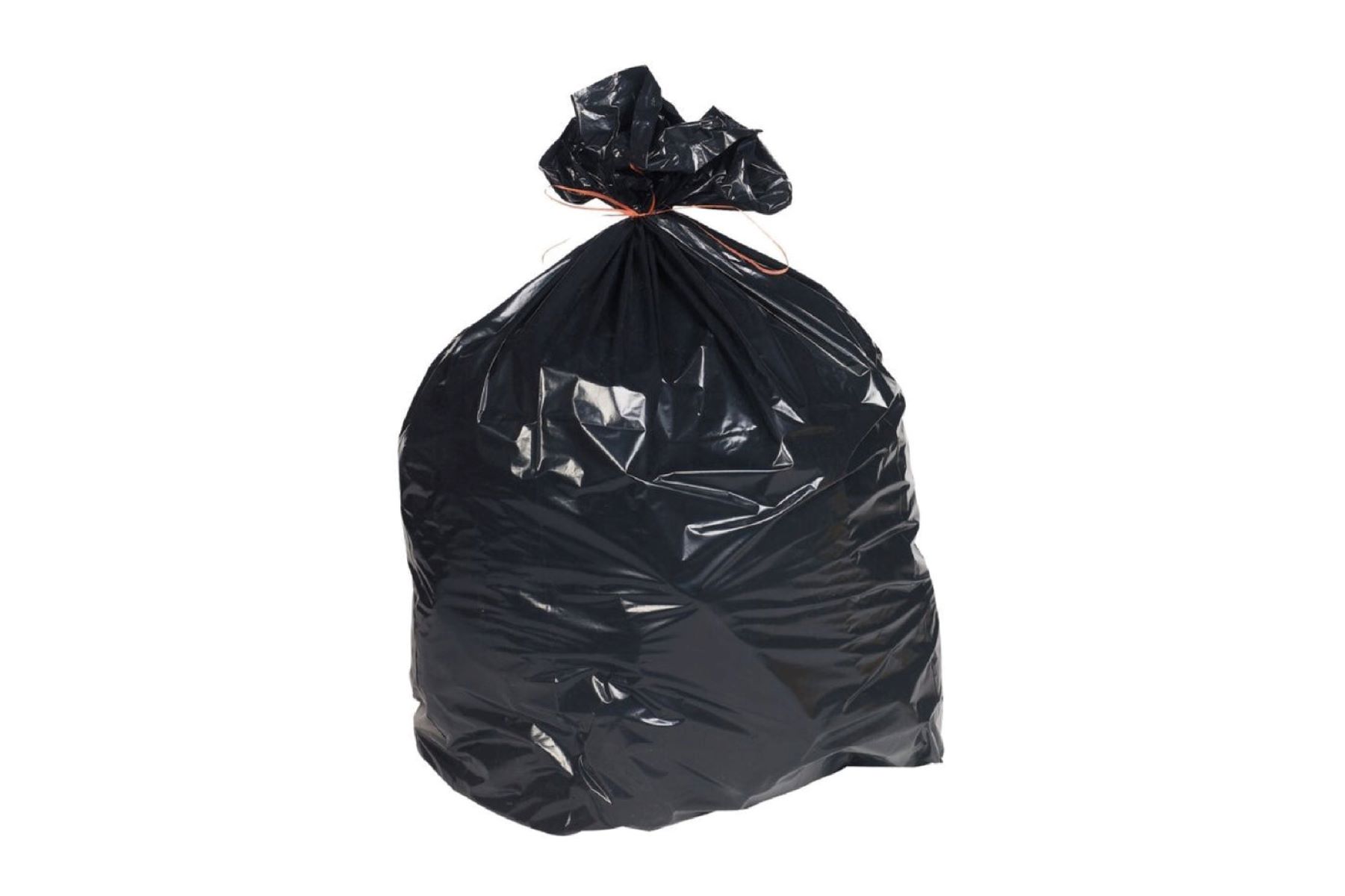
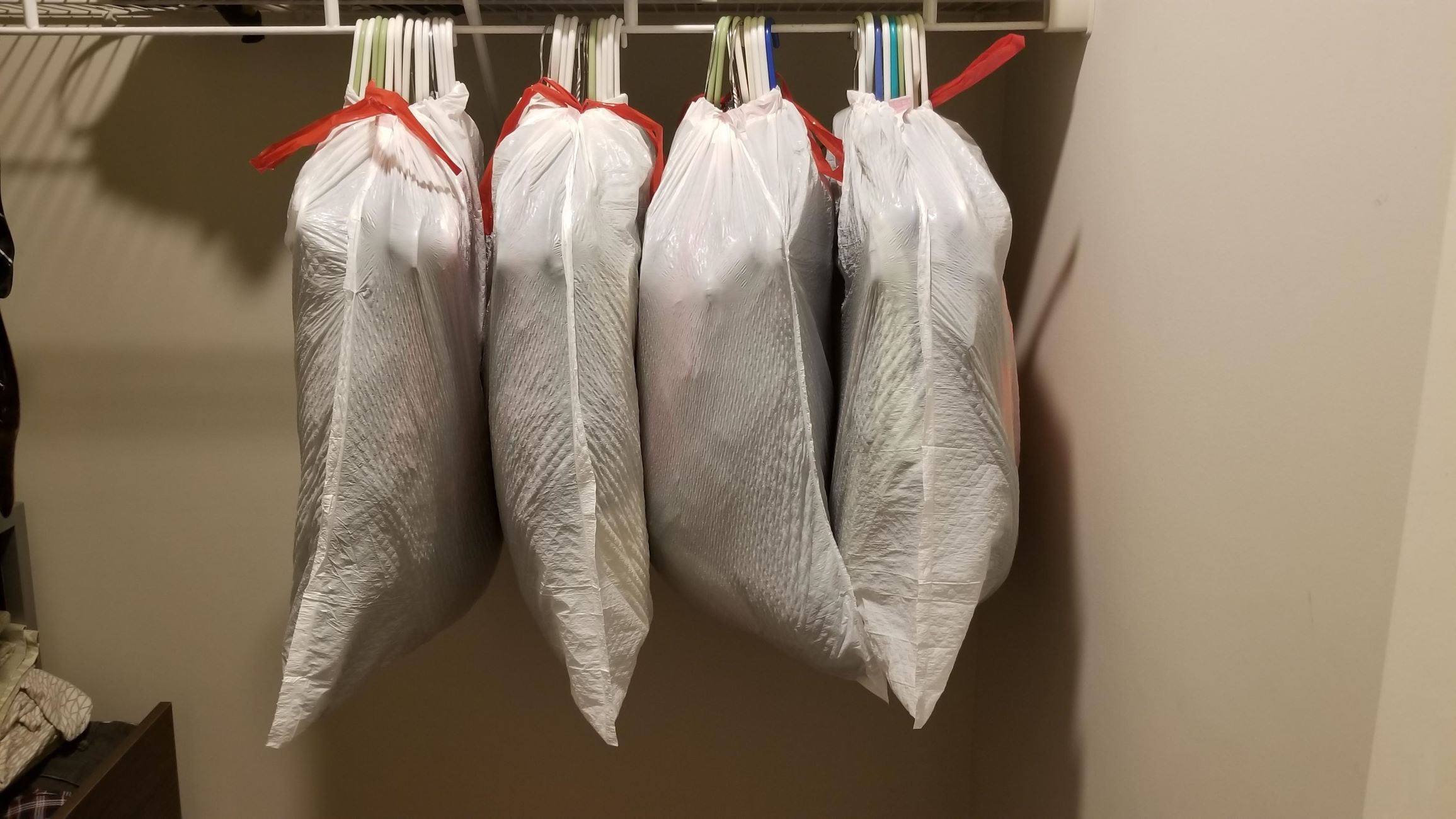


0 thoughts on “How Many Trash Bags Fit In A 2-Yard Dumpster”